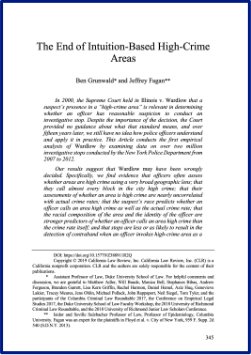May Contain Mark-Ups
Edited by Benoit Leclerc and Richard Wortley
The book “Cognition and Crime” explores the rational choice perspective in criminology, focusing on how offenders make decisions and how these decisions can be analyzed to prevent crime. Edited by Benoit Leclerc and Richard Wortley, the book brings together international researchers to delve into various crimes such as stalking, drug dealing, human trafficking, child sexual abuse, and illegal wildlife trade.
Key themes include:
Rational Choice Perspective: This framework views criminal behavior as purposeful and influenced by the perceived costs and benefits of actions.
Crime Script Analysis: This method breaks down the sequence of actions in a crime to identify points where interventions can prevent criminal activities.
Situational Crime Prevention:Strategies are discussed to modify environments to reduce opportunities for crime and control situational precipitators.
The book also examines the cognitive processes and decision-making strategies of offenders, highlighting factors like stress, impulsiveness, and premeditation. It emphasizes the importance of understanding the offender-victim interchange, especially in crimes like child sexual abuse, to develop effective prevention and intervention strategies. Overall, “Cognition and Crime” aims to enhance situational crime prevention by integrating insights from cognitive psychology and criminology, providing a comprehensive approach to understanding and preventing criminal behavior.
Routledge, Aug 15, 2013, 261 pages






